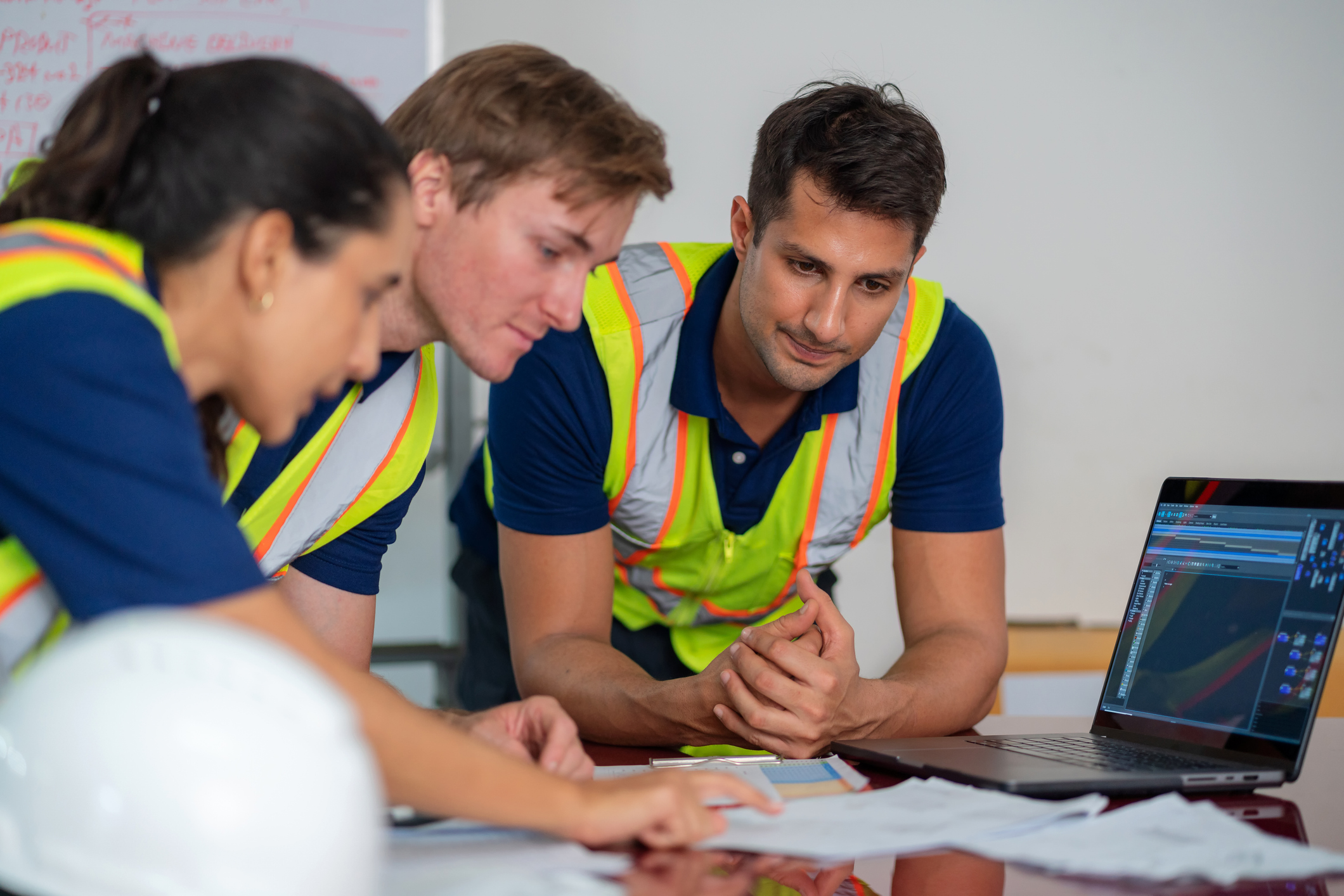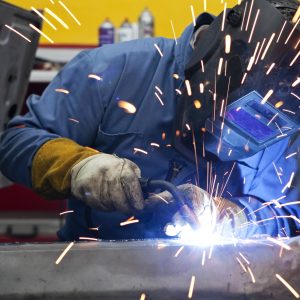Australia is in the middle of a skilled trades boom. Demand is outstripping supply across construction, mining, and infrastructure, and if you’ve already been working on the tools, you could be closer to a trade licence than you think.
Whether you’re laying frames, wiring switchboards, or operating machinery in the Pilbara, your experience counts. Recognition of Prior Learning (RPL) helps you formalise that experience into a nationally recognised qualification, fast and without stepping back into the classroom.
Let’s take a look at why the trade sector is growing and how RPL can help you ride the wave into better pay, more secure work, or even your own business.
The boom in Australian trades—and what it means for workers
It’s no secret: the trade sector is booming.
According to the Jobs and Skills Australia report, occupations like electricians, carpenters, plumbers, and machinery operators are sitting high on the nation’s skill shortage list. Infrastructure projects, a rebounding housing market, and demand from the resources sector are all fuelling the fire.
Here’s what that means in plain terms:
- More jobs are being advertised every week, especially in mining, construction, and civil works.
- Higher wages are on offer—see the list of highest paying trades in Australia, and you’ll get the idea.
- Licences and qualifications are becoming essential for site access, insurance, and subcontracting.
In other words, it’s a good time to be a tradie. But it’s an even better time to be a qualified tradie.
How RPL fast-tracks your way into a high-paying trade
Let’s say you’ve spent the last 5–10 years working under someone else’s licence. Maybe you’ve been supervising builds, installing kitchens, welding on mine sites, or laying out frames—but you’ve never taken the time (or had the time) to get officially certified.
Sound familiar?
That’s where Recognition of Prior Learning (RPL) comes in.
RPL assesses your existing experience and maps it to the competencies required for a formal qualification. You don’t have to sit through units you already know. No starting from scratch. No long nights cramming for tests you could ace in your sleep.
With the right evidence—photos, job references, invoices, safety documents—you could get qualified in weeks, not months.
And once you’ve got your cert? You’re eligible to apply for a trade licence, tender for bigger jobs, or even start your own crew.
Here’s how it might look:
- A carpenter with 7 years’ experience gets their Certificate III in Carpentry (CPC30220) via RPL.
- That cert becomes the foundation for a builder’s licence application in their state.
- Within a few months, they’re working for themselves and charging 25% more.
Not bad for experience you already had in your back pocket!
In-demand qualifications you can get via RPL
So what kind of trades are we talking about?
Here are some of the top qualifications you can fast-track with RPL through Skills Certified:
Certificate III in Carpentry (CPC30220)
One of the most in-demand trades across residential and commercial construction. Whether you’re framing, fixing, or finishing, RPL can help you gain your cert and move toward independent work or licensure.
Explore the course: Certificate III in Carpentry
Diploma of Building and Construction (CPC50220)
If you’ve been leading teams, managing schedules, and interpreting building codes, this qualification can help you apply for a supervisor role—or your builder’s licence.
Check the full details: Diploma of Building and Construction
Mining RPL and Heavy Industry Certs
Spent years in FIFO roles or in heavy industries like resources, energy, or logistics? RPL can be used to recognise those highly practical skills, from WHS procedures to plant operations.
Mining RPL isn’t limited to one cert—it can include qualifications in:
- Civil construction
- WHS
- Plant operations
- High-risk licences (with appropriate evidence)
Speak to Skills Certified to find out what’s available in your state.
Get licensed and on-site faster with RPL
We’ve talked about qualifications, but what about licences?
You need a trade licence to legally work in many fields across Australia, especially as a subcontractor or small business owner. Requirements vary by state, but most will want to see a relevant qualification and proof of recent experience.
Here’s where RPL comes into play.
Let’s say you’ve been tiling for a decade, working under someone else’s name. You’re ready to step up, but you’re missing that cert.
With RPL, you can get your Certificate III in Wall and Floor Tiling based on your site work. Once that’s in hand, you can apply for your trade licence (subject to state regulations), pick up your own clients, and run your own business.
Want to know more about the process? Check out our guide to applying for a builder’s licence.
Real talk: Why tradies are choosing RPL over study
There’s a time and place for classroom learning. But if you’re already experienced, stepping back into study can feel… frustrating.
RPL lets you keep earning while you get certified. It recognises the fact that not everyone took the “TAFE at 18” route—and that doesn’t make your skills any less valuable.
One of our clients, Darren, spent 14 years in the mining industry working FIFO. He never held a formal qualification, but he was overseeing crews, writing safety reports, and running projects. Through RPL, he earned his Diploma of Building and Construction and applied for his NSW licence.
Today? He’s leading commercial fit-outs in Brisbane and charging what he’s worth.
Australia’s trade sector is hungry for skilled workers. But in many cases, it’s not about finding talent—it’s about recognising it.
That’s what RPL does best.
If you’ve been working hard without the paperwork to back it up, it’s time to change that. Whether you want a trade licence, better pay, or a shot at running your own show, RPL can get you there—quickly, affordably, and with respect for the skills you already bring to the table.
Start your RPL assessment today or reach out to our team to see how close you already are.
















